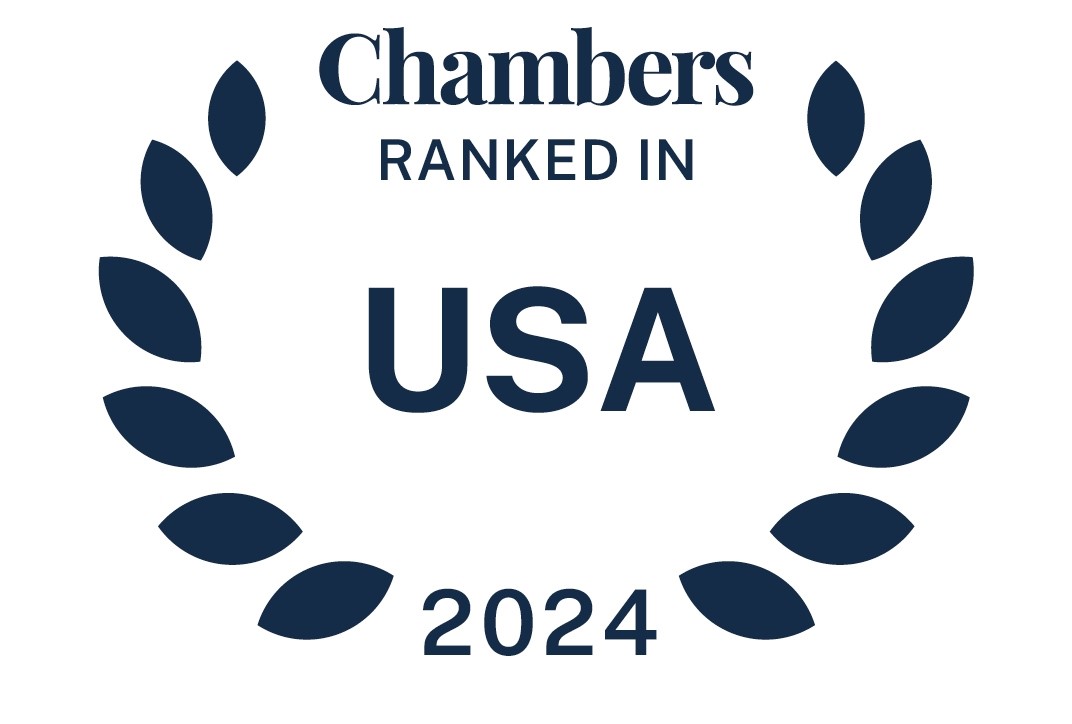On May 19, 2025, the Internal Revenue Service (IRS) released Internal Revenue Bulletin 2025-21. It includes Revenue Procedure 2025-19, which provides the 2026 inflation-adjusted amounts for health savings accounts (HSAs) as determined under Code § 223, as well as the maximum amount that may be made newly available for excepted benefit health reimbursement arrangements (HRAs) under Code § 54.9831-1(c)(3)(viii). Revenue Procedure 2025-19 is effective for HSAs for the 2026 calendar year and for excepted benefit HRAs beginning in 2026.
Learn more about other new IRS guidance in this Weekly IRS Roundup published by McDermott’s Tax Group.






